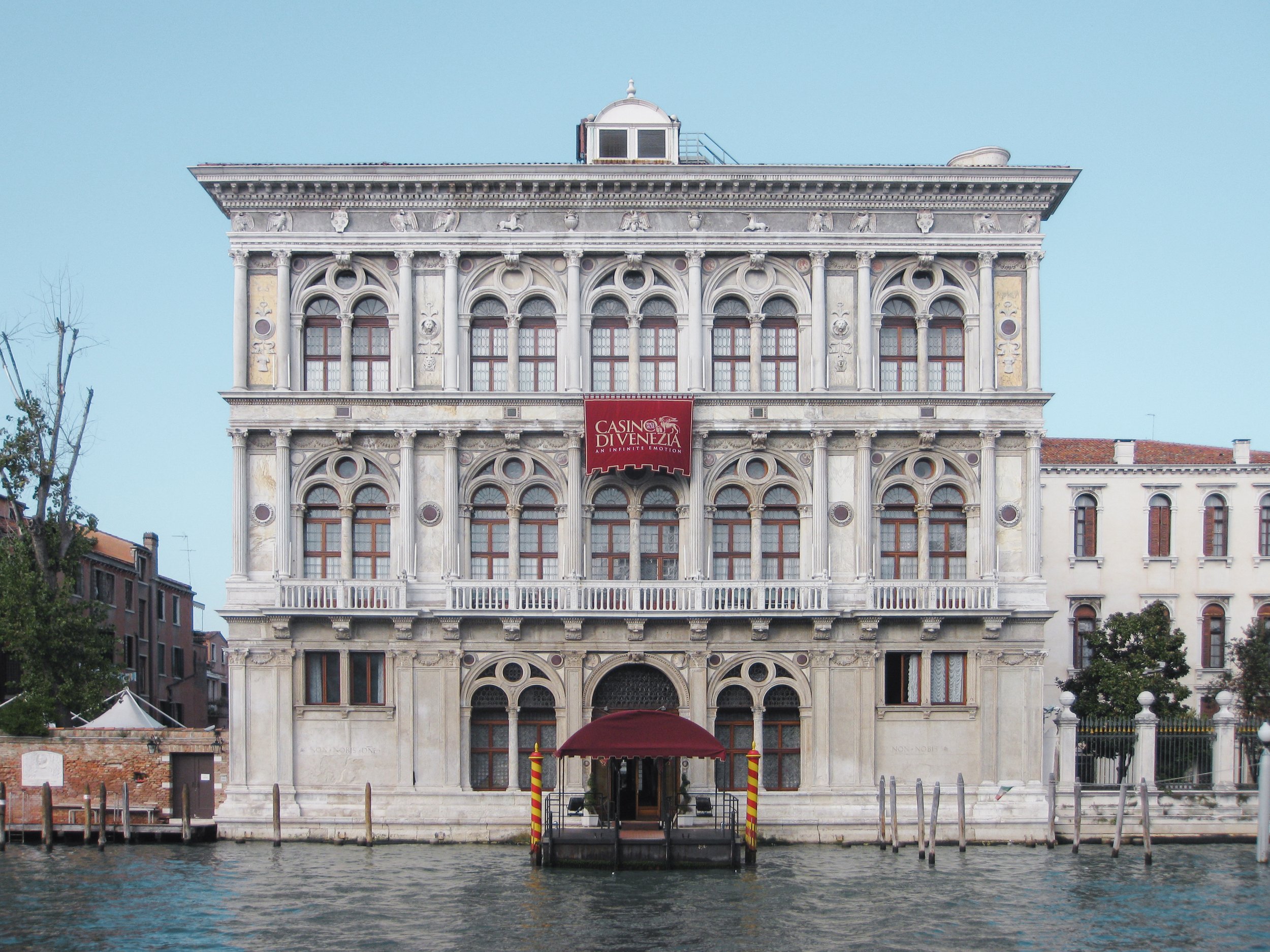
Address Cannaregio 2040, Venice Casino
Architectural style. Renaissance
Architect Mauro Codussi
Splendid building, commissioned by the Loredans from Mauro Codussi probably soon after the building, for the Camaldolese fathers, of the Church of San Michele in Isola, finished, by Codussi himself, in 1480.
In Jacopo de Barbari's view of 1500, in its place are two small low houses, long perpendicular to the Grand Canal, occupying the same area.
The attribution to the architect is sanctioned only after a jumble of attributions, from Lombardo to Sebastiano Serlio, who were either dead or had yet to arrive in the city during that time.
It is Francesco Sansovino in his Venezia città nobilissima et singolare of 1582 who lists it among the most remarkable palaces ever built in Venice.
It is very particular for the repetition of the module of the mullioned windows that appear next to the water gate on the ground floor to return five times on the first and second noble floors.
The imposing and massive facade is softened by the presence of gardens on both sides of the palace, with pleasant and light round windows.
On the lower part can be read the motto:
NON NOBIS DOMINE, NON NOBIS, which should be complemented with sed nomini tuo da gloriam, which was the motto of the Knights Templar and is today the motto of the Catholic Templars and means: Not to us, O Lord, but to your name from glory. The text is a translation of the middle verses of Psalm 113 in the Bible. From this it is assumed that, like the nearby Church of the Magdalene, it was Venetian haunt of the Knights Templar.
The original palace underwent remodeling and additions in the 17th and 18th centuries due to the need of new owners.
In 1883 Richard Wagner died there, and inside, by appointment, it is possible to visit the rooms he lived in and still so fitted out, as part of the museum itinerary dedicated to him, coordinated by the Richard Wagner Association - Venice.
In this prestigious location, among famous paintings, damask rooms, imposing Murano chandeliers, is now the Venice Casino, internationally known for its classic games, French Roulette, American Roulette or Fair Roulette, Chemin de Fer, Punto Banco, of course Back Jack and Ultimate Texas Poker to which modern slot machines have been added.
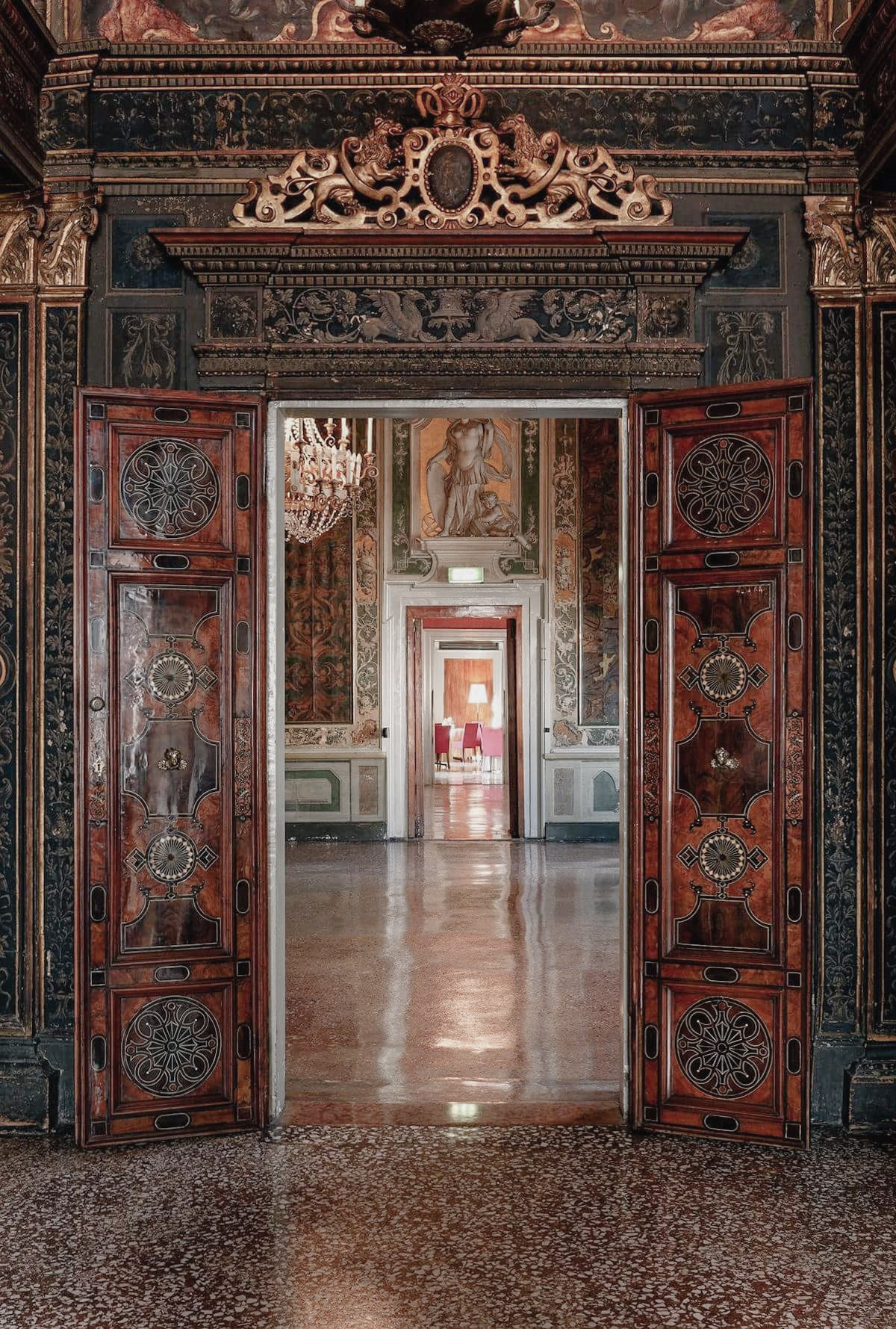
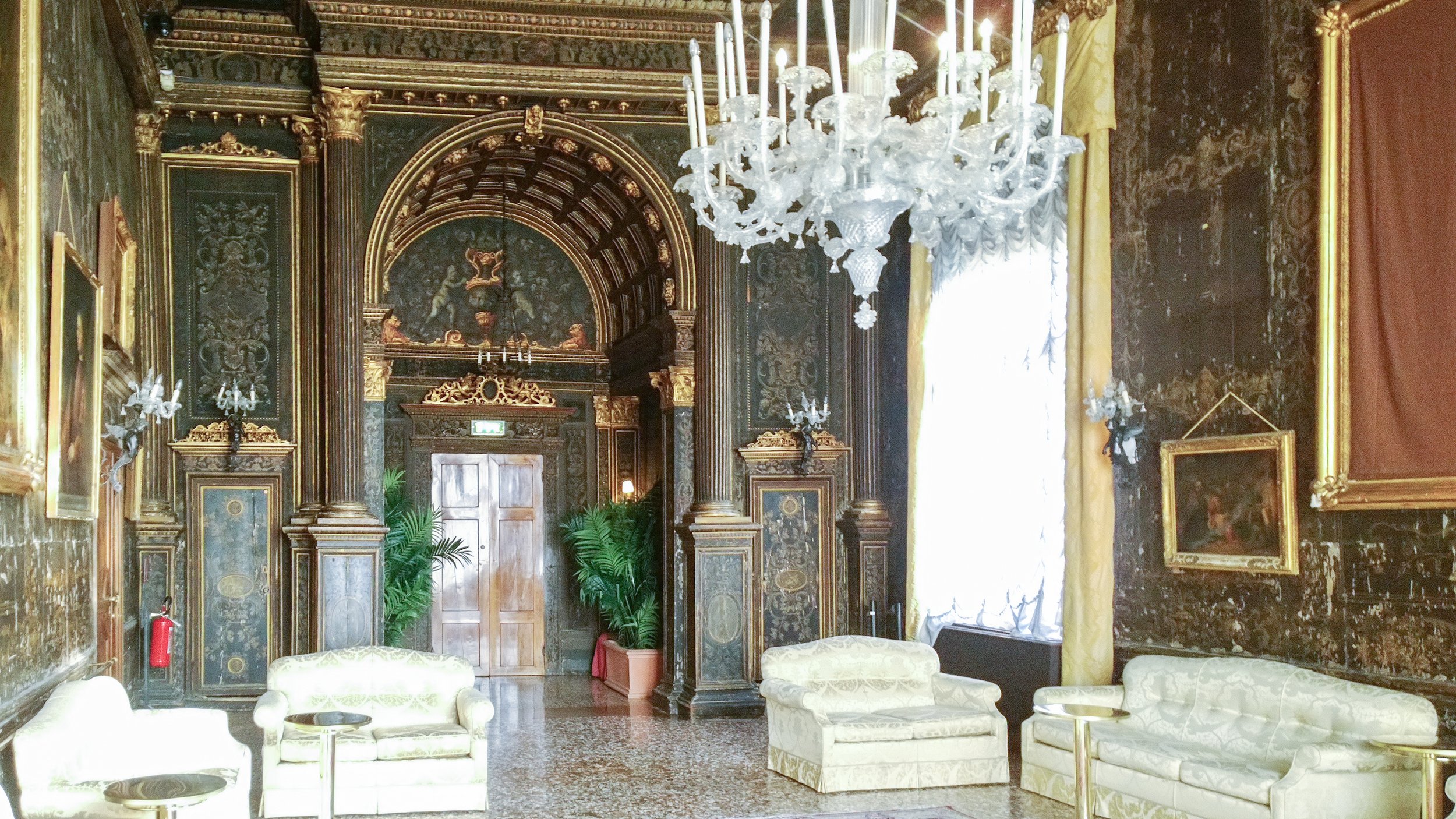
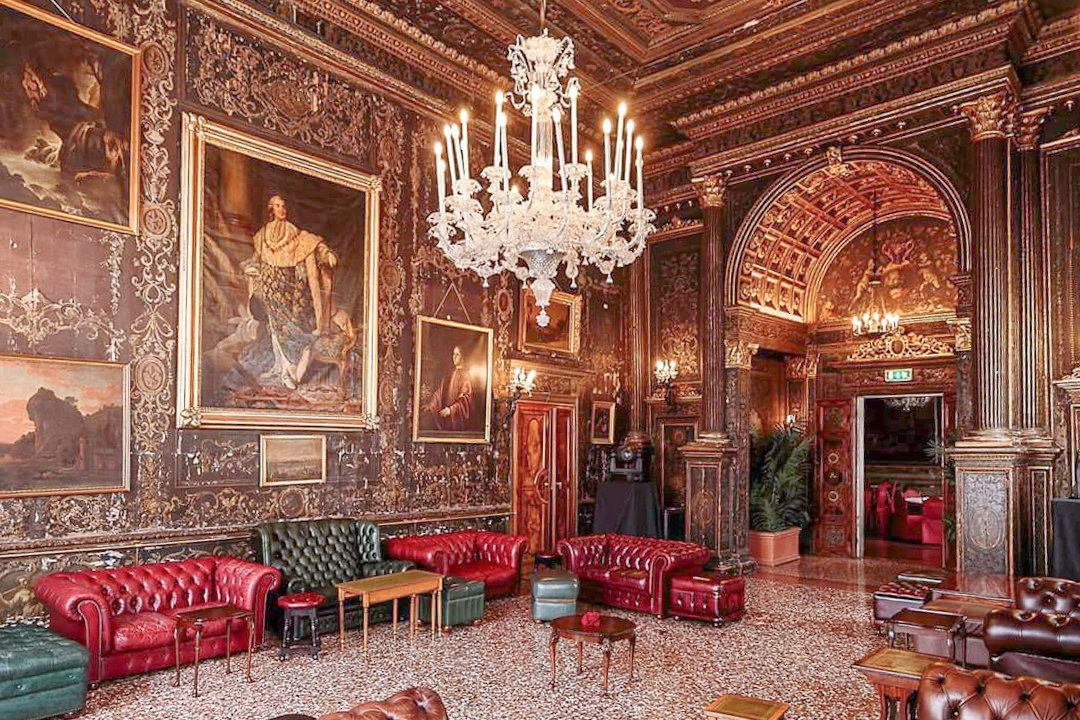

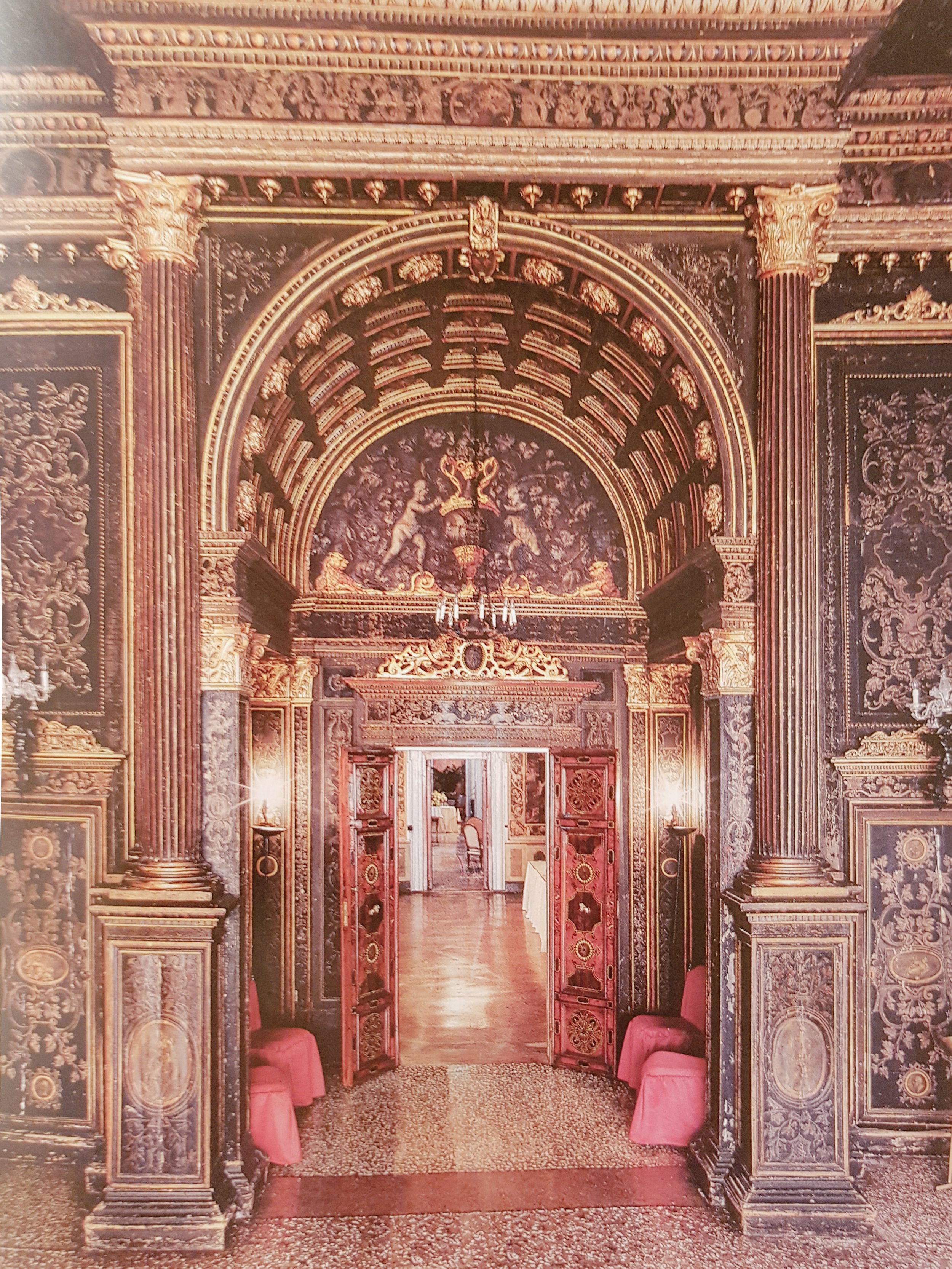

Make it stand out.
It all begins with an idea. Maybe you want to launch a business. Maybe you want to turn a hobby into something more. Or maybe you have a creative project to share with the world. Whatever it is, the way you tell your story online can make all the difference.
Grow your audience.
It all begins with an idea. Maybe you want to launch a business. Maybe you want to turn a hobby into something more. Or maybe you have a creative project to share with the world. Whatever it is, the way you tell your story online can make all the difference.
The Venetian palaces
-
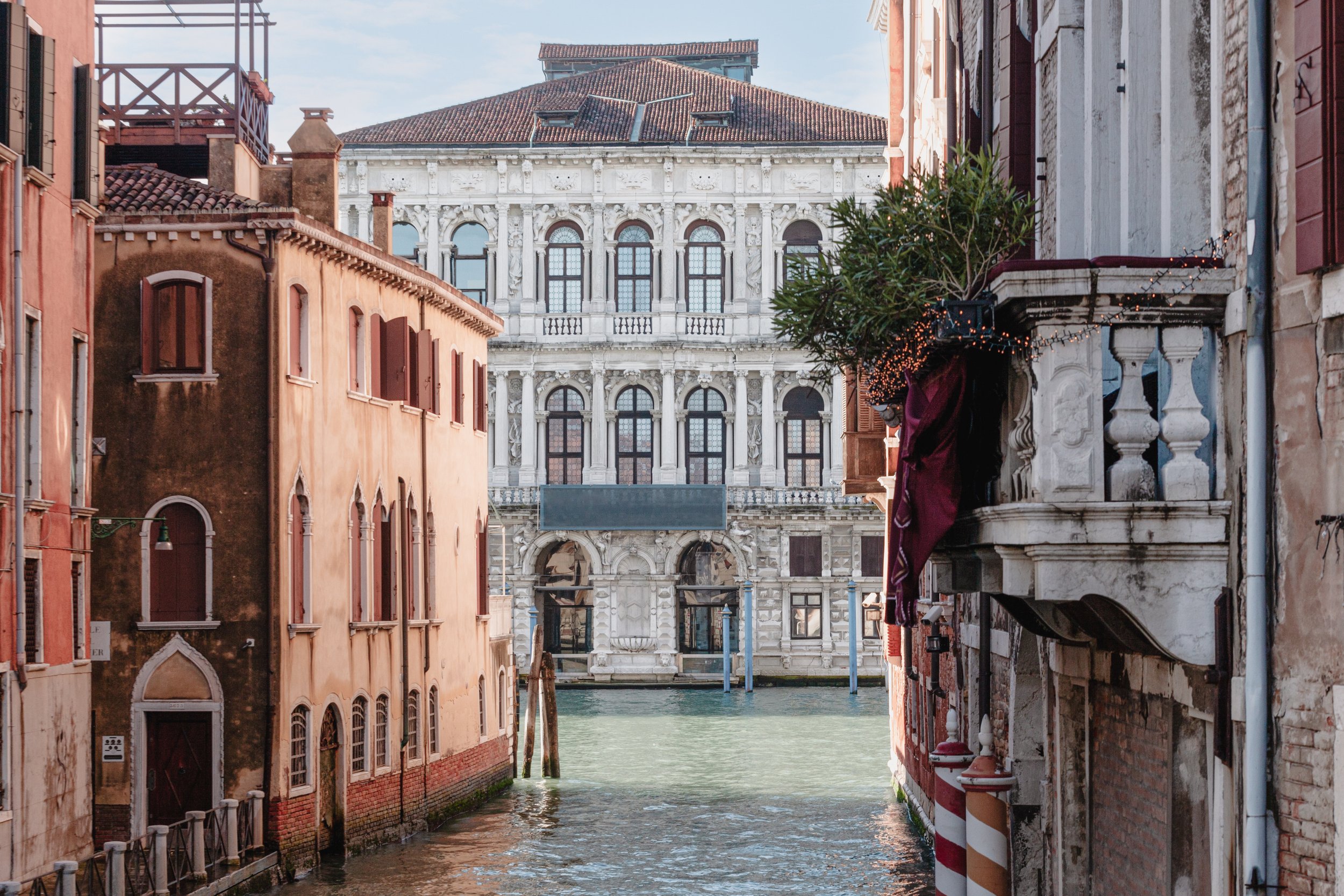
Ca' Pesaro
The Ca' Pesaro is a Baroque marble palace turned art museum, facing the Grand Canal of Venice, Italy.
-

Ca' D'Oro
One of the older palaces in the city, its name means "golden house" due to the gilt and polychrome external decorations which once adorned its walls.
-
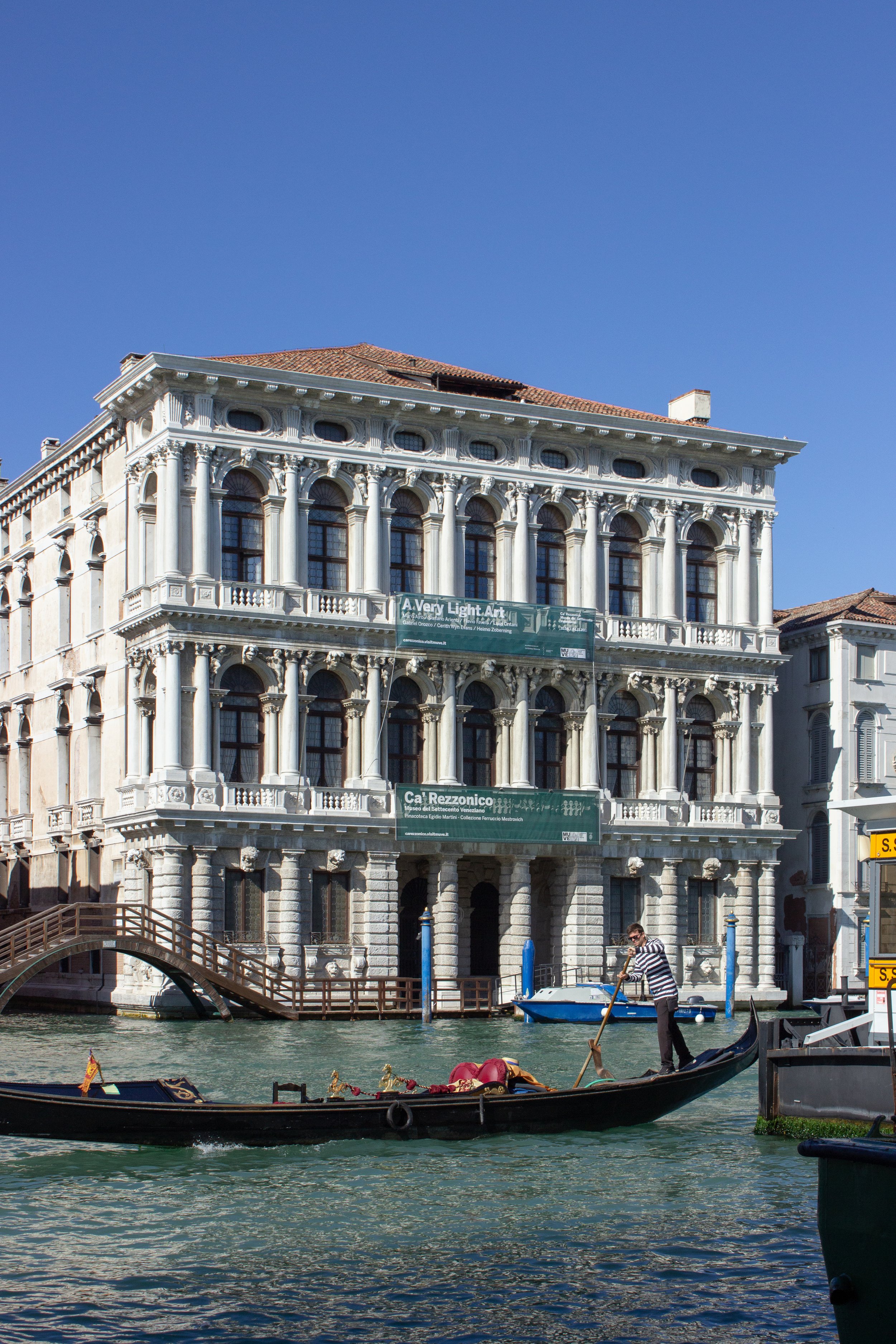
Ca' Rezzonico
It is a particularly notable example of the 18th century Venetian baroque and rococo architecture and interior decoration.
-
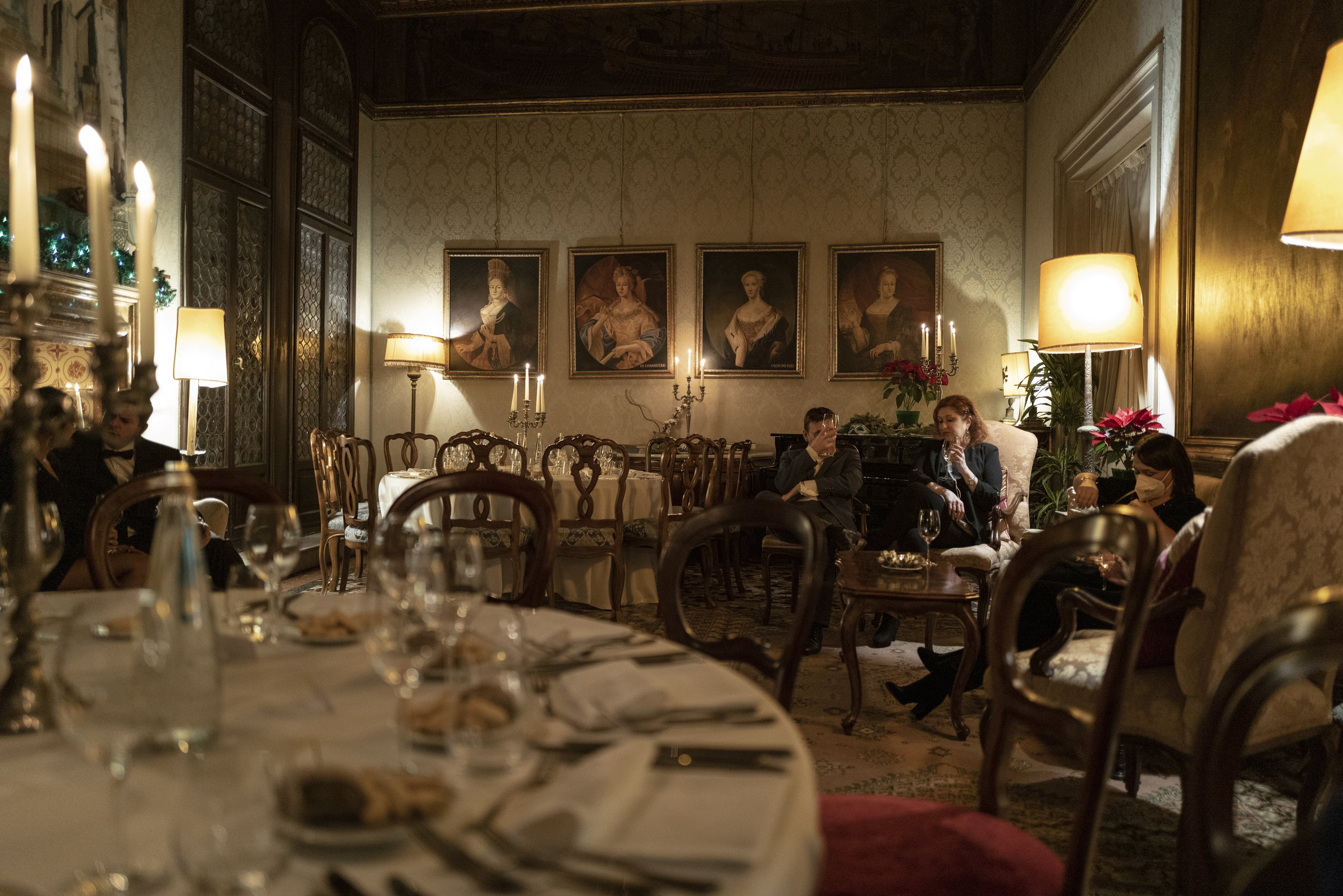
Palazzetto Pisani
The Palazzetto Pisani is a magnificent building overlooking the Grand Canal.
-

Doge's Palace - Palazzo Ducale
A masterpiece of Gothic art, the Doge's Palace is among the Serenissima's top attractions.
-

Ca' Vendramin Calergi
In this prestigious location, among famous paintings, damask rooms, and imposing Murano chandeliers, is now the Venice Casino.
-

Palazzo Grassi
The museum hosts a number of temporary exhibitions throughout the year, featuring works by artists from around the world.
-
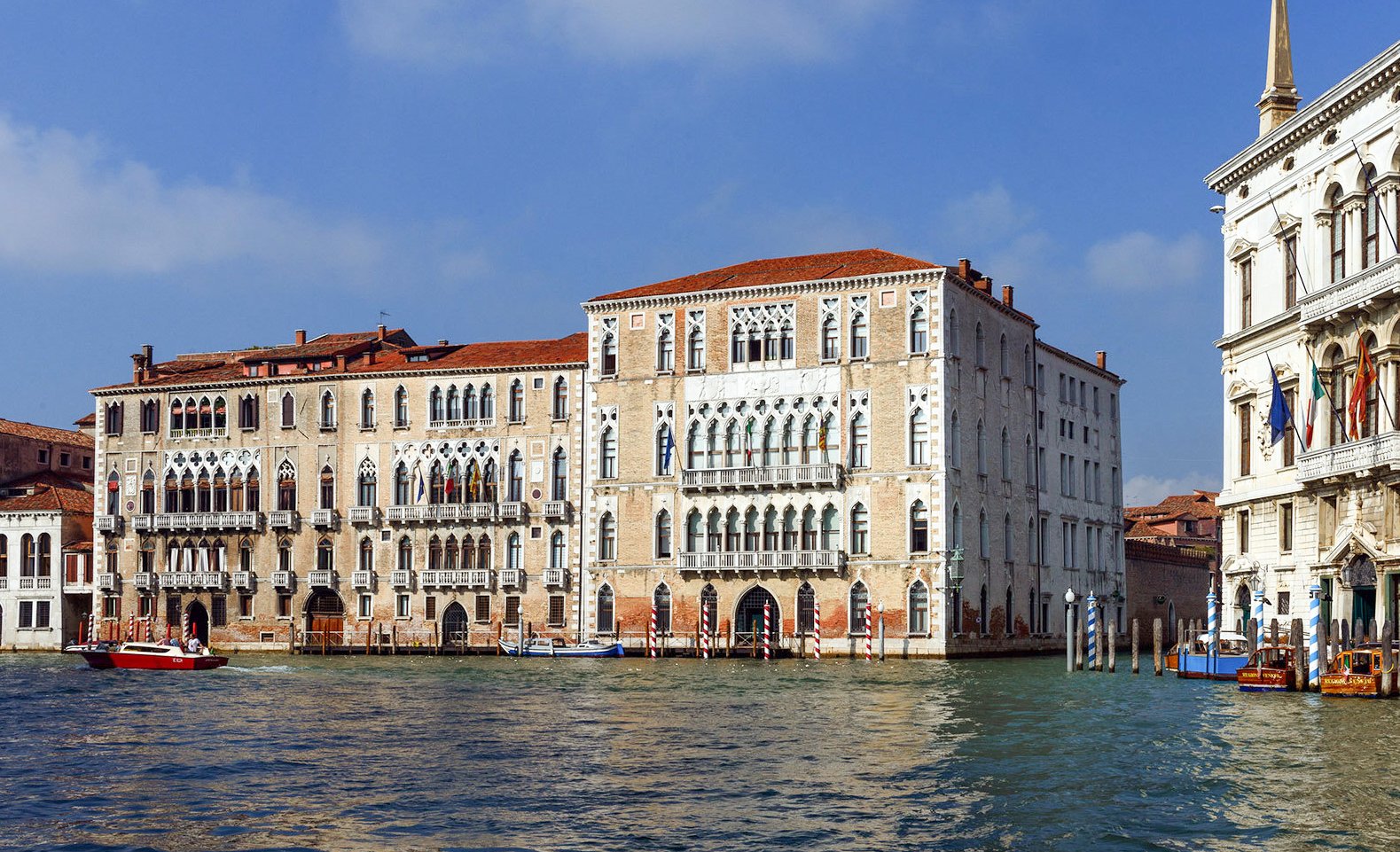
Ca' Foscari
The Foscari Giustinian complex is the headquarters of Ca' Foscari University of Venice.
-

Palazzo Mocenigo
It houses the “Study center for history of textiles, costume and perfume”.
-
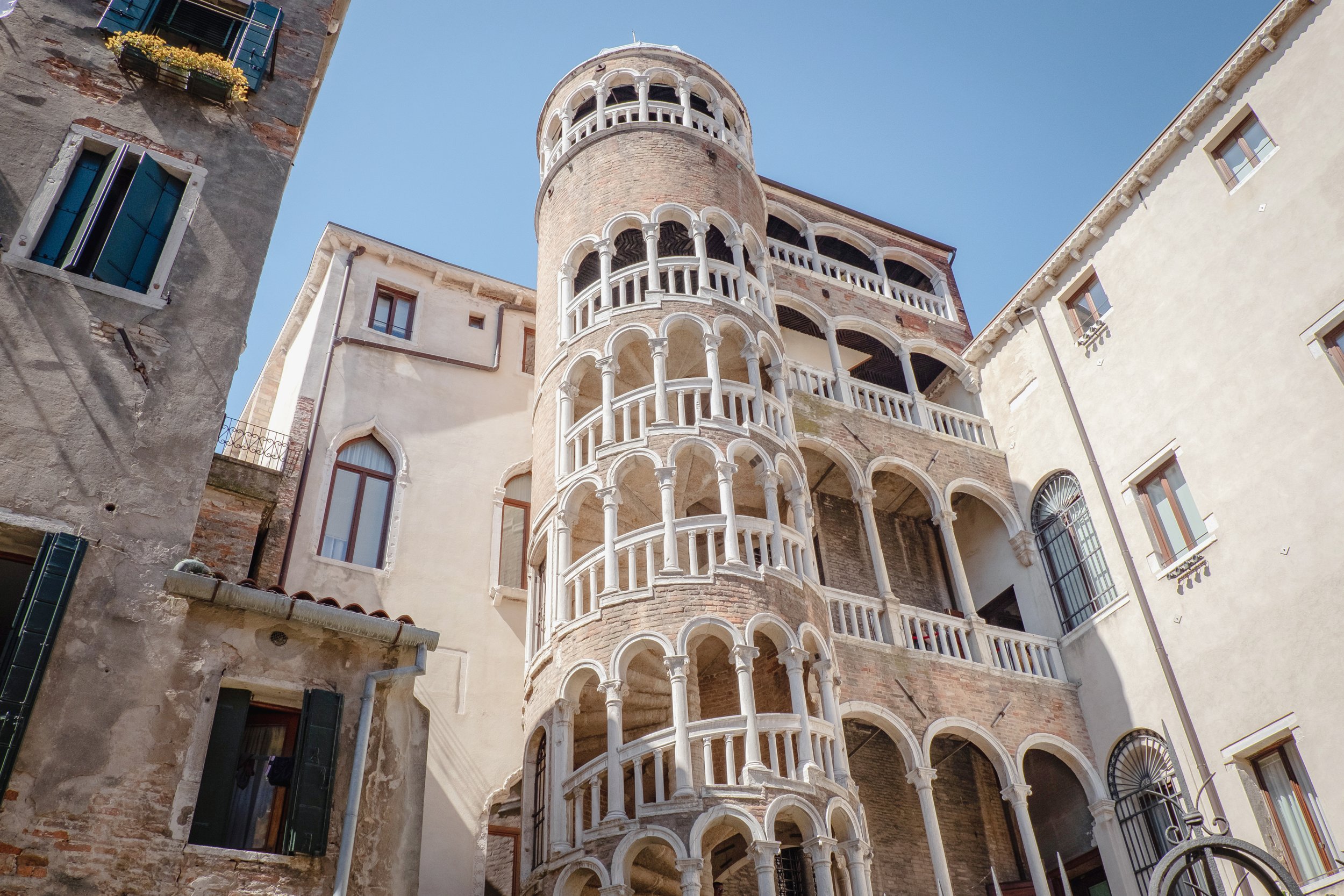
Palazzo Contarini del Bovolo
The most impressive and valuable spiral staircase in Venice.
-

Fontego dei Turchi
Natural History Museum of Venice.
-

Palazzo Fortuny
The Museo Fortuny or Fortuny Museum is an art museum in San Marco, in central Venice, Italy.
-
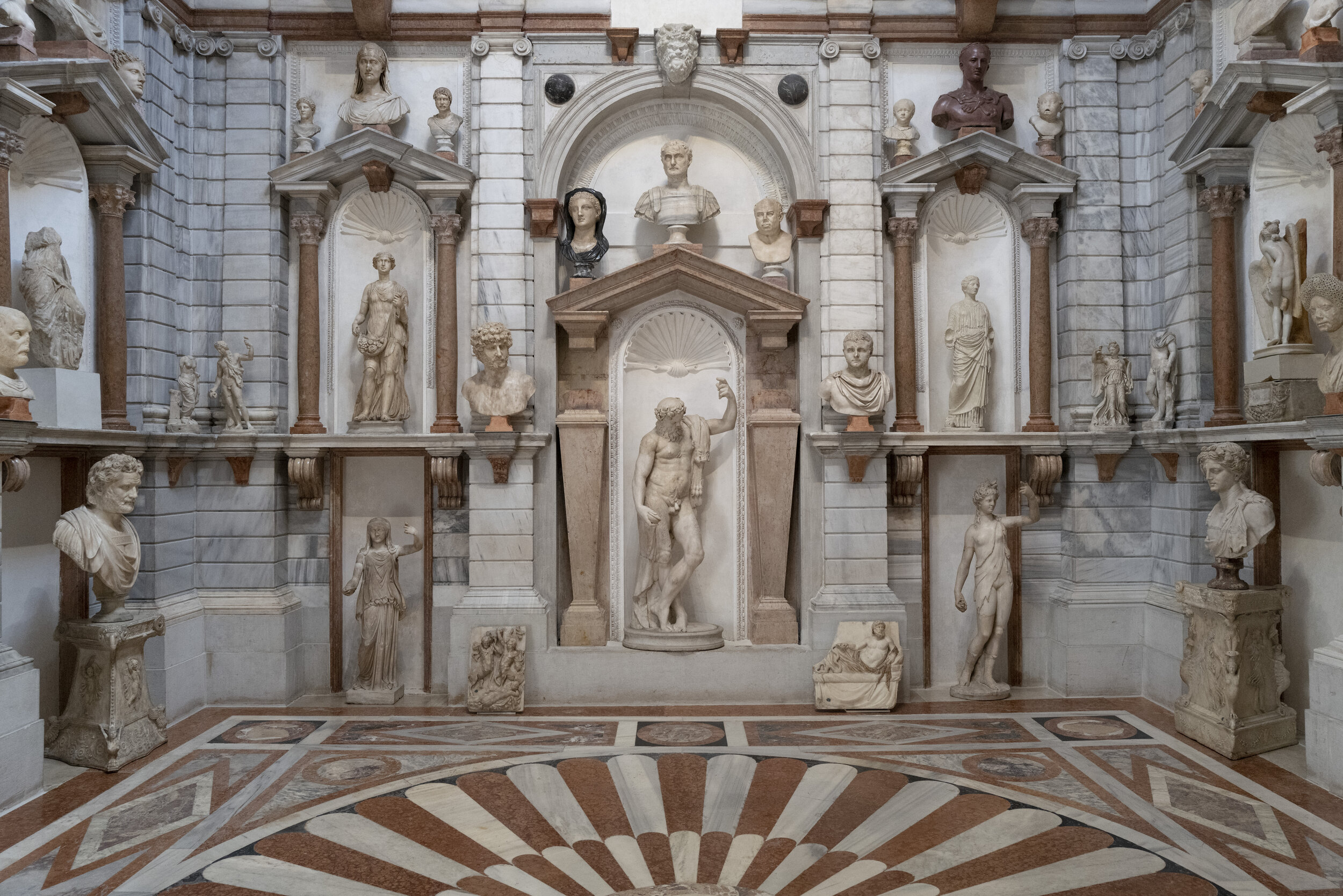
Palazzo Grimani
A unique venue for the history and architecture in Venice. Of extraordinarily high quality are the well furnished rooms.
About Venice
Palaces
Doge’s Palace - Palazzo Ducale
Islands and districts
Festival del Cinema di Venezia
Rialto Bridge - Ponte di Rialto